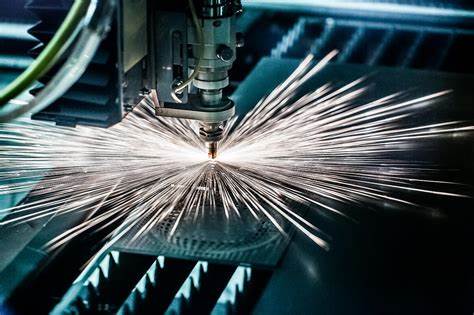Aerospace metals are an integral part of modern aircraft and spacecraft design. They must be able to withstand extreme conditions during flight, such as intense heat or cold temperatures, high-speed impacts, and other harsh environmental factors. Aerospace metals possess unique properties that make them suitable for use in aerospace engineering applications.
In this article, we will explore the different types of aerospace metals available, their manufacturing processes and applications in aircraft construction, why they are so important for safety considerations, and how new technology is revolutionizing aerospace metallurgy.
Different Types of Aerospace Metals and their Properties
Aerospace metals come in various types, with each having its unique properties to suit specific aerospace needs. Commonly used aerospace alloys include titanium, aluminum, and steel. Each of these has different manufacturing processes and applications:
Titanium is an extraordinarily strong yet lightweight metal that is resistant to high temperatures and corrosion. It is often used in aircraft engine components and airframes. Due to its unique properties, titanium is also one of the most expensive metals found in aerospace engineering.
Aluminum is a lightweight metal that is highly resistant to corrosion and oxidation. It is often used for forming airframes and certain aircraft parts, as well as making aerospace extrusions for components like air ducts and other structural elements.
Steel is a strong metal that can be used for both airframes and associated components. It can withstand high temperatures and harsh environmental conditions, making it an essential material in the aerospace industry.
Manufacturing Processes of Aerospace Metals
The manufacturing process of aerospace metals depends on the type of material being used. For example, titanium is typically formed by either a hot or cold forming process and then machined into the desired shape. Aluminum can be extruded or cast, depending on its intended application. Steel is generally shaped through either forging or casting processes.
All aerospace metals must go through rigorous quality control processes to ensure they meet the highest standards for safety and performance. This includes testing for stress, corrosion, temperature, and other factors that could affect the structural integrity of an aircraft or spacecraft.
Applications in Aerospace Engineering
Aerospace metals play a critical role in the construction of aircraft and spacecraft. They are used to form airframes, engines, fuselages, and other major components. Aerospace metals are also used in smaller parts such as fasteners, bolts, valves, and clamps.
Due to their high strength-to-weight ratio, aerospace metals can be used to reduce the overall weight of an aircraft or spacecraft while still providing the necessary stability and durability. This is essential for long-distance travel and space exploration, where reducing weight can significantly reduce fuel consumption.
Why Aerospace Metals Are Important for Safety Considerations
Aerospace metals are an important factor in ensuring aircraft safety. Their durability, strength, and resistance to extreme temperatures and corrosive environments ensure that the components of an aircraft or spacecraft operate safely and effectively.
The strength of aerospace metals is also essential for protecting passengers from in-air turbulence, vibrations, and other unforeseen events. Aerospace metals can absorb more energy than lighter materials, ensuring that the structure of a craft remains intact even during unexpected emergencies.
Revolutionizing Aerospace Metallurgy with New Technology
As technology advances, it is revolutionizing the aerospace metallurgy industry. Engineers are now able to create stronger and lighter alloys using additive manufacturing processes, allowing them to produce components that were previously impossible or too expensive to manufacture.
This new technology also allows engineers to identify and address weaknesses in components more quickly and efficiently. In addition, 3D printing and other new technologies are allowing engineers to create components with intricate structures that would otherwise be difficult or impossible to produce.
Conclusion
Aerospace metals play an essential role in the construction and safety of aircraft and spacecraft. They must meet stringent requirements for strength, weight, performance, and corrosion resistance. The manufacturing process of these materials is complex and requires rigorous quality control, but advances in technology have made it easier to produce stronger and lightweight components. Aerospace metals are essential for ensuring aircraft safety and helping us explore new frontiers.























